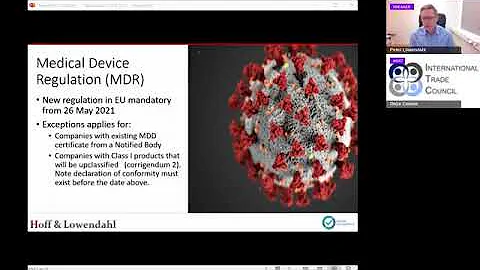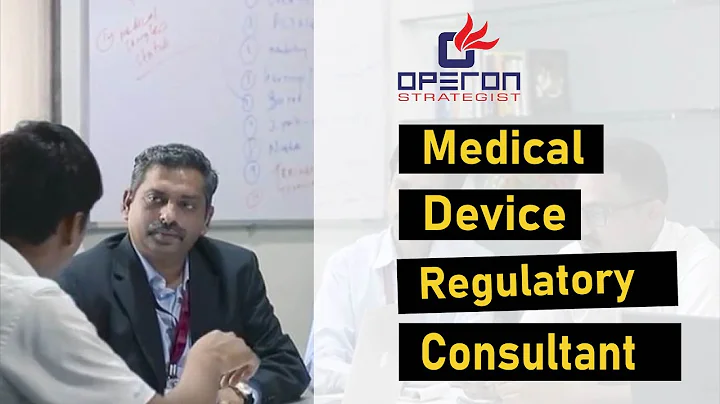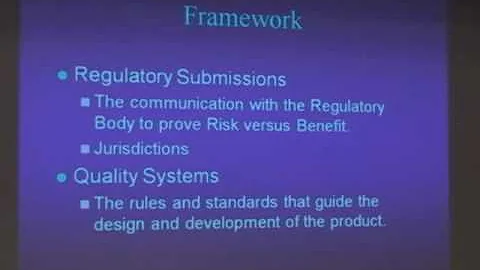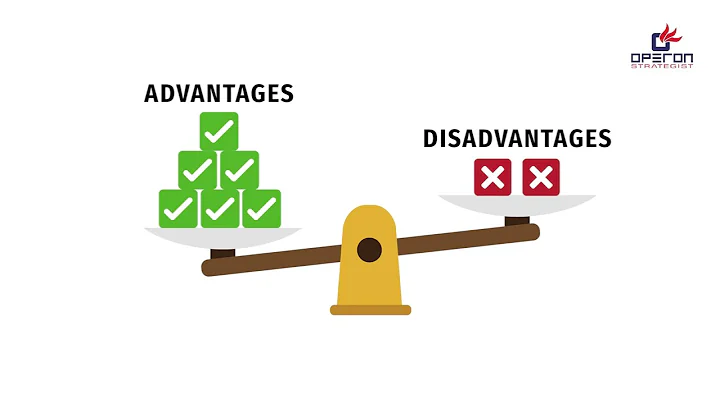Source: Xiaojudeng.com
Author: Running Camel
Preface: When we establish and run medical device GMP, we may encounter situations where specifies what to do, but does not specify how to do . At this time, in addition to consulting seniors and experts or reading the "Guidelines for Inspection of Good Manufacturing Practices for Medical Devices", there may be other ideas that can be borrowed from drugs. As the saying goes, stones from other mountains can attack jade. After all, medicines developed earlier than medical devices, so many of our standards have learned from medicines.
Below I will excerpt a few paragraphs to share with you, hoping to inspire you to improve your quality system compliance.

"Medical" represents the Good Manufacturing Practice for Medical Devices and In vitro diagnostic reagents Appendix;
"Medicine" represents the Good Manufacturing Practice for Pharmaceuticals (revised in 2010)
[ Process Regulations ] Production process regulations and work instructions should be prepared etc., clarify key processes and special processes.
➣ Medicine: Article 170 The content of the process procedures for preparations should at least include:
(1) Production prescription:
1. Product name and product code;
2. Product dosage form, specification and batch size;
3. A list of raw and auxiliary materials used (including materials used in the production process but not present in the finished product), stating the designated name, code and dosage of each material; if the dosage of raw and auxiliary materials needs to be converted, the calculation method should also be stated.
(2) Production operation requirements:
1. Description of the production site and equipment used (such as the location and number of the operating room, cleanliness level, necessary temperature and humidity requirements, equipment model and number, etc.);
2. Key The method or corresponding operating procedure number used in the preparation of equipment (such as cleaning, assembly, calibration, sterilization, etc.);
3. Detailed production steps and process parameter description (such as material verification, pretreatment, adding materials sequence, mixing time, temperature, etc.);
4. All intermediate control methods and standards;
5. The expected final production limit, if necessary, the production limit of the intermediate product should also be stated, as well as the calculation method and limit of the material balance;
6. Storage requirements for products to be packaged, including containers, labels and special storage conditions;
7. Precautions that need to be explained.
(3) Packaging operation requirements:
1. Packaging form represented by the quantity, weight or volume of the product in the final packaging container;
2. A complete list of all packaging materials required, including the name, quantity, and specifications of the packaging materials , type and the code of each packaging material related to quality standards;
3. Print actual samples or copies of packaging materials, and indicate the product batch number and expiration date printing location;
4. Precautions that need to be explained, including the production area Inspection of the packaging operation and equipment, before starting the packaging operation, confirm that the clearing of the packaging production line has been completed, etc.;
5. Description of the packaging operation steps, including important auxiliary operations and precautions for the equipment used, and verification of packaging materials before use;
6. Detailed operations of intermediate control, including sampling methods and standards;
7. Material balance calculation methods and limits for products to be packaged and printed packaging materials.

[Logo] Product identification control procedures should be established, and products should be labeled in appropriate ways to facilitate identification and prevent confusion and misuse.
➣ Medicine: All materials, intermediate products or containers and main equipment of products to be packaged used during the production of , and necessary operating rooms should be labeled or otherwise marked to indicate the name of the product or material in production , specifications and The batch number , if necessary, should also be marked production process .
[Clearing record] The site must be cleared after the previous process or the production of the previous product is completed. Only after confirmation of compliance can the site be entered for other production, and the clearance record kept.
➣ Medicine: After each production stage of each batch of medicines is completed, the production operator must clear the site and fill in the clearance record. The content of the clearance record includes: operating room number, product name, batch number, production process, clearance date, inspection items and results, signatures of the person in charge of clearance and reviewer . Clearance records should be included in batch production records.
[Inspection records] Inspection records should include inspection records, inspection reports or certificates for incoming inspection, process inspection and finished product inspection. (P.S. You can also refer to the " Medical Device Registration Self-inspection Management Regulations ")
➣ Medicine: Inspection records should at least include the following:
1. The name, dosage form, specification, batch number or supply batch number of the product or material, if necessary Indicate the name or source of the supplier and manufacturer (if different);
2. The quality standards and inspection operating procedures based on;
3. The model and number of the instrument or equipment used for inspection;
4. The test solution and culture medium used for inspection The preparation batch number, the source and batch number of the reference substance or standard substance;
5. Information about the animals used in the test;
6. The test process, including the preparation of the reference solution, various specific test operations, and the necessary environmental temperature and humidity;
7. Inspection results, including observations, calculations and maps or curves, as well as the inspection report number on which they are based;
8. Inspection date;
9. The signature and date of the inspection personnel;
10. The signature and date of the inspection and calculation review personnel.
[Standard Products] Accounts and usage records should be established for standards, calibration products, and quality control products used in the inspection process. Information such as its source, batch number, validity period, traceability route, main technical indicators, storage status, etc. should be recorded.
➣ Medicine: If an enterprise needs to make its own working standards or controls, it should establish quality standards for the working standards or controls as well as operating procedures for preparation, identification, inspection, approval and storage of each batch of working standards or controls. The product should be standardized with legal standards or reference materials, and the validity period should be determined. Regular standardization should also be used to prove that the potency or content of the working standard or reference material remains stable during the validity period. The standardization process and results should be recorded accordingly.
[Quality Management] The responsibilities and authorities of each department should be clarified, and the quality management functions should be clarified.
➣ Medicine: The quality management department can set up a quality assurance department and a quality control department respectively.
[Quality Objectives] The person in charge of the enterprise should organize the formulation of quality policies and quality objectives.
➣Pharmaceutical: Enterprises should establish quality objectives that meet the requirements of drug quality management, and systematically implement all requirements for drug registration regarding safety, effectiveness and quality controllability into the entire process of drug production, control and product release, storage and shipment. During the process, it is ensured that the drugs produced comply with the intended use and registration requirements.
The senior management of the enterprise should ensure that the established quality goals are achieved, and personnel at different levels, as well as suppliers and distributors, should jointly participate and assume their respective responsibilities.

[Job Requirements] In vitro diagnostic reagent production, technology and quality management personnel should have professional knowledge related to the products produced, such as medicine, laboratory science, biology, immunology or pharmacy, and have corresponding practical experience to ensure that they are qualified in Ability to perform duties in production and quality management.
➣ Medicine:
▸ Production management person in charge
Main responsibilities:
1. Ensure that drugs are produced and stored in accordance with approved process procedures to ensure drug quality;
2. Ensure the strict implementation of various operating procedures related to production operations;
3. Ensure Batch production records and batch packaging records are reviewed by designated personnel and submitted to the quality management department;
4. Ensure the maintenance of the plant and equipment to maintain their good operating condition;
5. Ensure that all necessary verification work is completed;
6. Ensure Production-related personnel undergo necessary pre-job training and continuing training, and the training content is adjusted according to actual needs.
▸ Quality management person in charge
Main responsibilities:
1. Ensure that raw and auxiliary materials, packaging materials, intermediate products, products to be packaged and finished products meet the requirements and quality standards approved by registration;
2. Ensure that completes batch records before product is released
3. Ensure the completion of all necessary inspections;
4. Approval of quality standards, sampling methods, inspection methods and other quality management operating procedures;
5. Review and approve all quality-related changes;
6. Ensure that all major deviations and Excessive inspection results have been investigated and dealt with in a timely manner;
7. Approve and supervise the commissioned inspection;
8. Supervise the maintenance of the plant and equipment to maintain their good operating condition;
9. Ensure the completion of various necessary confirmation or verification work, review and approve confirmation or verification plans and reports;
10. Ensure that self-inspections are completed;
11. Evaluate and approve material suppliers;
12. Ensure that all complaints related to product quality have been investigated and are handled promptly and correctly;
13. Ensure Complete the ongoing product stability inspection plan and provide stability inspection data;
14. Ensure the completion of product quality review analysis;
15. Ensure that quality control and quality assurance personnel have received necessary pre-job training and continuing training, and provide training as needed based on actual needs Adjust training content.
▸The person in charge of production management and the person in charge of quality management usually have the following common responsibilities:
(1) Review and approve the product’s process procedures, operating procedures and other documents;
(2) Supervise the sanitary conditions of the factory area;
(3) Ensure key The equipment has been confirmed;
(4) ensures that the production process verification is completed;
(5) ensures that all relevant personnel of the enterprise have undergone necessary pre-job training and continuing training, and the training content is adjusted according to actual needs;
(6) approves and supervises Commissioned production;
(7) Determine and monitor the storage conditions of materials and products;
(8) Keep records;
(9) Supervise the implementation of this specification;
(10) Monitor factors affecting product quality.
(Editor's note: The writing is really detailed...)
[Dust production] Dust production operation room (such as the sampling, weighing, mixing, packaging, etc. operation room of dry materials or products) should maintain a relative negative pressure or Special measures are taken to prevent the spread of dust, avoid cross-contamination and facilitate cleaning.
Finally, regarding confirmation and verification, pharmaceutical GMP has a dedicated chapter to regulate it.
➣ Medicine: [Confirmation and Verification]
Article 138 Enterprises should determine the confirmation or verification work that needs to be carried out to prove that the key elements of the relevant operations can be effectively controlled. The scope and extent of validation or verification should be determined through a risk assessment.
Article 139 The enterprise’s factories, facilities, equipment and inspection instruments shall be confirmed, and shall use verified production processes, operating procedures and inspection methods for production, operation and inspection, and maintain a continuous verification status.
Article 140 Documents and records for confirmation and verification shall be established, and the following predetermined goals shall be proved by documents and records:
(1) Design confirmation shall prove that the design of the plant, facilities, and equipment meets the intended purpose and This specification requires;
(2) Installation confirmation should prove that the construction and installation of the plant, facilities, and equipment meet the design standards;
(3) Operation confirmation should prove that the operation of the plant, facilities, and equipment meets the design standards;
(4) Performance confirmation It should be proven that factories, facilities, and equipment can continue to meet standards under normal operating methods and process conditions;
(5) Process verification should prove that a production process can continue to produce products that meet the intended use and registration requirements in accordance with the specified process parameters.
Article 141 Before adopting a new production recipe or production process, its applicability for regular production should be verified. The production process should always be able to produce products that meet the intended use and registration requirements under the conditions of using specified raw materials and equipment.
Article 142 When the main factors affecting product quality, such as raw materials and excipients, packaging materials in direct contact with drugs, production equipment, production environment (or factory buildings), production processes, inspection methods, etc., change, the Confirm or verify. If necessary, it should also be approved by the drug regulatory department.
Article 143 Cleaning methods should be verified to confirm their cleaning effect to effectively prevent contamination and cross-contamination. Cleaning verification should comprehensively consider factors such as equipment usage, cleaning agents and disinfectants used, sampling methods and locations, and corresponding sampling recovery rates, the nature and limits of residues, and the sensitivity of residue testing methods.
Article 144 Confirmation and verification are not one-time actions. After the initial confirmation or verification, re-confirmation or re-verification should be carried out based on the product quality review analysis. Key production processes and operating procedures should be revalidated regularly to ensure that they can achieve expected results.
Article 145 Enterprises should formulate a master verification plan and describe the key information of the confirmation and verification work in the form of documents.
Article 146 Provisions should be made in the verification master plan or other relevant documents to ensure that the factory buildings, facilities, equipment, inspection instruments, production processes, operating procedures and inspection methods can maintain continuous stability.
Article 147 The confirmation or verification plan shall be formulated according to the object of verification or verification, and shall be reviewed and approved. The validation or verification program should clearly define responsibilities.
Article 148 Confirmation or verification shall be implemented in accordance with a predetermined and approved plan and shall be recorded. After the confirmation or verification work is completed, a report should be written and subject to review and approval. The results and conclusions of validation or validation (including evaluations and recommendations) should be recorded and archived.
Article 149 The process procedures and operating procedures shall be confirmed based on the verification results.

END
OK, the above is an excerpt of some of the drug GMP requirements. It is not meant to be followed completely. I just hope it can give you some inspiration and follow the good ones. Welcome to leave a message to discuss any irregularities.





















